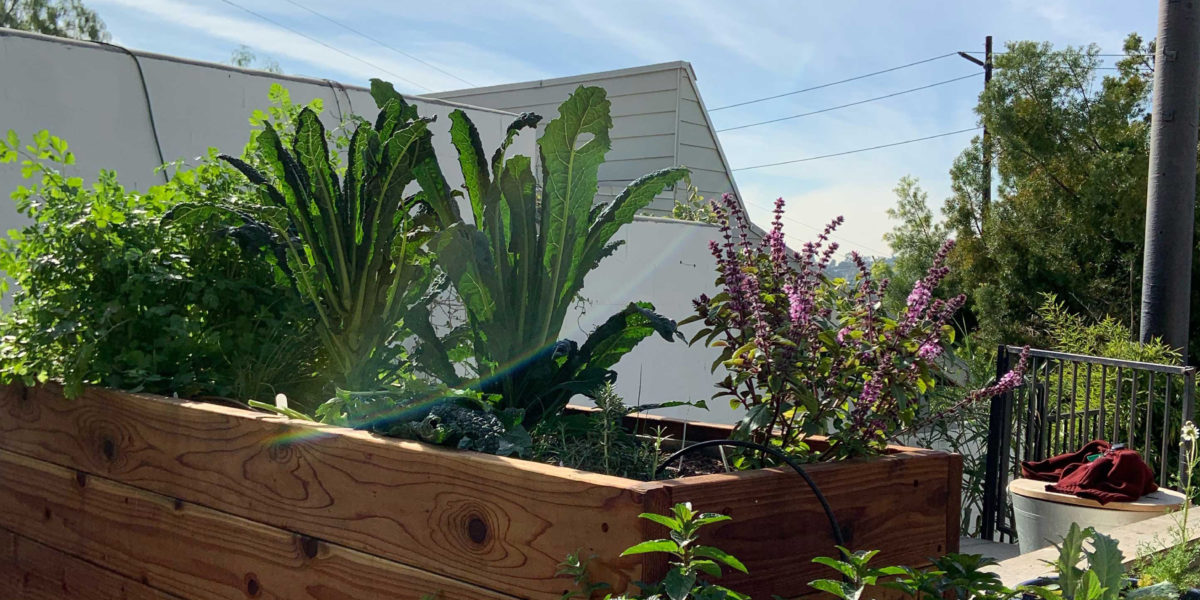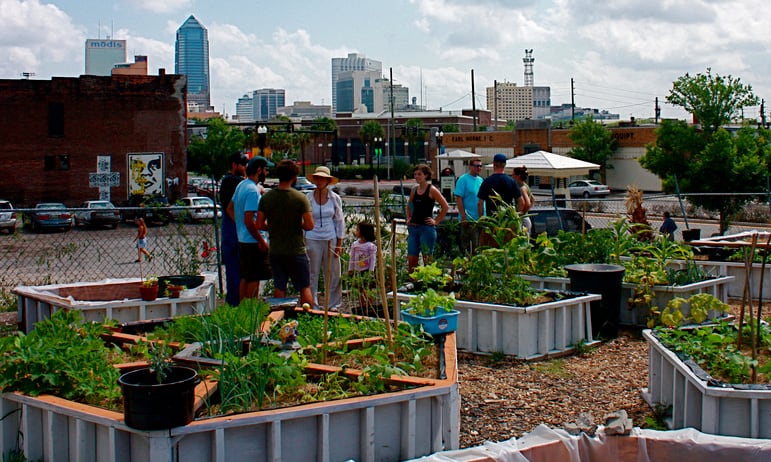City Blooming for Beginners
City Blooming for Beginners
Blog Article
City Blooming for Dummies
Table of ContentsThe smart Trick of City Blooming That Nobody is Talking AboutThe smart Trick of City Blooming That Nobody is Talking AboutUnknown Facts About City BloomingCity Blooming Things To Know Before You Get ThisThe smart Trick of City Blooming That Nobody is Talking About
Intrigued in growing food for sale in the City of Chicago? Thinking concerning beginning a community garden? Modifications to the Chicago Zoning Regulation permit farming usages like area gardens and urban ranches in many components of the city. Below is a list of regularly asked inquiries regarding the guidelines and laws that cultivators must consider when preparing a city farming project.
The zoning change does not change any kind of other codes dealing with composting, building permits, purchasing or renting City owned home, organization licenses or environmental contamination. There are existing codes that control these concerns and they remain completely impact and may apply to your task. Area gardens are usually owned or taken care of by public entities, public companies or community-based companies and maintained by volunteers.
Urban ranches expand food that is intended to be marketed, either on a nonprofit or for-profit basis. Due to their commercial purpose, metropolitan ranches need a business license. Yes. An area garden is enabled to sell surplus generate that was expanded on website if the sales are accessory or subservient to the yard's key purpose described above.
Some Known Incorrect Statements About City Blooming
Composting is permitted however only for plant product that is created and used on website. The quantity of compost material can not exceed 25 cubic yards at any type of offered time according to the requirements in 7-28-715 of the City's Municipal Code. Yes. Because the dirt at most new yard sites needs modifying, garden compost, dirt, wood chips, or other products can be gotten to construct or boost the expanding room - balcony and patio garden design.

If a building authorization is needed then the hoophouse will be considered an accessory structure. You can figure out even more regarding the building permit demands by getting in touch with the Division of Structures. The 25,000-square-foot size limit is planned to avoid a single neighborhood garden from dominating a given block or interfering with the block's existing property or business personality.
The restriction does not relate to yards situated in Public Open Area (POS) districts. Can there be greater than one neighborhood yard that is 25,000 square feet on a single block? Yes. The dimension limit uses to specific yards, not to individual blocks. No. Fencing is not needed, nevertheless, yards that have big auto parking locations may be needed to set up secure fencing or various other landscaping attributes.
Not known Details About City Blooming
B1 & B2 districts call for that all industrial usage tasks be conducted inside. Is fence required for urban farms? Fencings may be required, along with landscaping and screening, for particular parking locations and outside work or storage areas depending on area and the specific task taking place.
Yes. Urban farms call for structure permits and zoning authorizations before building. Other forms of city testimonial might be needed depending upon particular structures, activities, size, landscaping, licensing, public heath and stormwater administration problems. Most of these needs are identified in the job design or permitting process, nonetheless, the applicant might be responsible to individually recognize specific licenses or allows that might be called for.
Yes. The sort of permit is determined by what is taking place at the site. The Department of Company Affairs and Consumer Security can aid identify the details kind of organization license that's needed. Yes. Off street car park is needed for a lot of business tasks in Chicago. The called for number of vehicle parking spaces is based upon the number of staff members working with website and not the square video footage of the expanding space.
The Buzz on City Blooming

An urban ranch can market garden compost material created on website, nevertheless, the operation must comply with the policies in 7-28-715 of the Chicago Municipal Code. Aquaponic systems are allowed indoors on urban ranches in numerous zoning districts.
Up to five hives or swarms of honey might be maintained as an accessory usage. Nevertheless, beekeepers need to sign up with the Illinois Division of Farming. For even more details concerning the suggested zoning change you may get in touch with the Department of Real Estate and Economic Development, Bureau of Preparation and Zoning at 312.744.8563.
, which takes location in rural areas at the side of suburban areas.
More About City Blooming
It can include a motion of organic growers, "foodies" and "locavores", who look for to create social networks founded on a common values of nature and community holism. These networks can create get redirected here by method of official institutional support, ending up being incorporated into neighborhood town as a "transition community" motion for lasting metropolitan development.
In either case, the a lot more direct accessibility to fresh vegetable, fruit, and meat products that may be become aware with urban agriculture can boost food safety and food safety while lowering food miles, resulting in reduced greenhouse gas emissions, therefore adding to climate modification mitigation. A few of the initial proof of urban farming originates from Mesopotamia.
Report this page